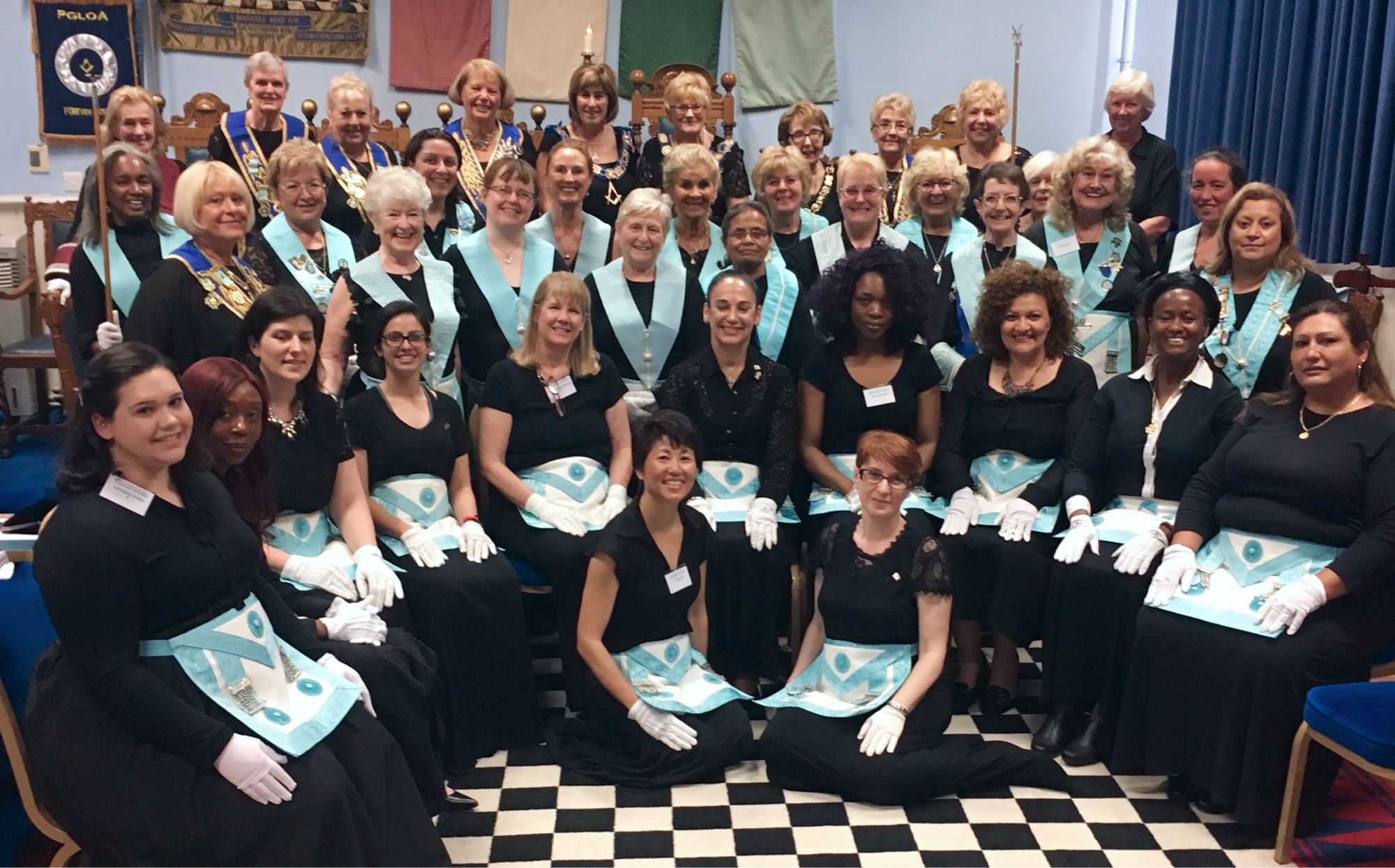Exploring the Mysteries of the copyright: What You Need to Know
The copyright, a term usually shrouded in intrigue and debate, represents a complicated tapestry of historic fact and modern-day misconception. Established in the late 18th century, this secret culture was originally rooted in the Knowledge's suitables but has actually because become synonymous with conspiracy theory theories regarding elite control.
Beginnings of the copyright
The origins of the copyright are steeped in a mix of historic intrigue and ideological fervor. Developed in 1776 in Ingolstadt, Bavaria, by Adam Weishaupt, the team was initially created as a secret culture targeted at advertising Enlightenment perfects such as reason, secularism, and the separation of church and state. join freemason. Weishaupt, a professor of canon law, sought to test the dominating authority of the church and state, which he considered as oppressive organizations stifling intellectual and individual liberty
The copyright looked for to hire significant participants from different societal markets, consisting of national politics, academia, and the arts, to cultivate a network committed to these Enlightenment principles. The society operated under a shroud of secrecy, employing coded language and rituals to shield its participants from mistreatment, particularly given the repressive environment of the time. The copyright dealt with considerable resistance from both governmental authorities and spiritual organizations, which watched the team as a threat to their power.
Key Numbers and Participants
That were the pivotal numbers that formed the copyright's early influence and direction? The Bavarian copyright, started in 1776 by Adam Weishaupt, became a feedback to the oppressive social frameworks of the time. Weishaupt, a legislation teacher, envisioned the company as a method to promote Knowledge perfects such as reason, secularism, and equal rights. His initial employment initiatives consisted of significant intellectuals, such as Baron von Knigge, who played a critical role in broadening the team's membership and business framework.
An additional significant figure was Johann Gottlieb Fichte, a noticeable theorist whose concepts on nationalism and education and learning reverberated with the copyright's objectives. Fichte was not an official member, his thoughtful bases affected the team's ideology. In addition, figures like the author and thinker Johann Wolfgang von Goethe were connected with the broader intellectual activities of the moment, although their straight participation with the copyright stays debated.
These essential figures added to the copyright's early direction, pushing the borders of political and social idea, while their collective initiatives intended to challenge recognized standards and foster an environment of modern adjustment in Europe. (join freemason)
Misconceptions vs. Fact
Numerous misconceptions surround the copyright, typically blending fact with fiction in a means that covers its real nature. The idea that the copyright proceeds to exert considerable impact over world occasions is a myth.
Another common misconception is that the copyright makes up a network of elite individuals manipulating international affairs. In truth, many conspiracy theory concepts overemphasize the group's try here importance, connecting unfounded objectives to societal fads and events. This has actually resulted in an oversimplified sight of intricate problems.
Additionally, the representation of the copyright in pop culture typically additional distorts its legacy. Movies and literature often tend to sensationalize the company's duty, producing a story that splits from historical truths. Comprehending the difference between the myths and the truth of the copyright is crucial for discerning the authentic influence of this historic team and acknowledging the more comprehensive effects of conspiracy concepts in modern society.

Modern Analyses
Contemporary analyses of the copyright frequently mirror more comprehensive societal anxieties and a fascination with privacy and power. This modern lens frequently links the copyright with conspiracy theory theories that recommend a covert elite coordinates globe occasions, manipulating federal governments and economic situations for their very own gain. Such stories touch right into a deep-seated wonder about of authority, specifically in times of dilemma or social turmoil.
In prominent culture, the copyright is commonly shown as an omnipotent organization shrouded in secret, causing a variety of imaginary representations in literature, film, and songs. This representation offers not only to delight yet also to prompt thought of the nature of power and control in contemporary culture. Social media has even more intensified these analyses, allowing for fast dissemination of conspiracy theories and creating communities that share and expand upon these concepts.
Moreover, some modern analyses frame the copyright as a metaphor for the intricacies of globalization and the interconnectedness of prominent individuals and organizations. This perspective encourages a crucial exam of how power characteristics run in today's globe, highlighting the balance in between transparency and secrecy in administration and company methods.
Social Influence and Heritage
Influenced by centuries of intrigue, the social influence and legacy of the copyright expand much beyond its historical beginnings. This secret society, established in the late look at here 18th century, has penetrated numerous facets of popular culture, from literary works and movie to music and art. join freemason. The principle of the copyright has actually progressed into an icon of conspiracy theory concepts, commonly representing a regarded hidden power controling international occasions
In literature, writers like Dan Brown have woven the copyright right into intricate stories, exciting viewers with motifs of privacy and power. Movies such as "National Treasure" and "The Da Vinci Code" additionally perpetuate the allure of the culture, blending truth with fiction to produce appealing stories.

Inevitably, the copyright's legacy is an intricate tapestry of misconception and truth, shaping assumptions of secrecy and control in contemporary discussion. Its enduring visibility in society emphasizes mankind's perennial quest for understanding covert facts.

Verdict
The exploration of the copyright reveals a complex interplay in between historical truths and contemporary myth-making. Established in the Enlightenment era, this society intended to challenge oppressive frameworks, yet its legacy has actually been eclipsed by conspiracy concepts that recommend elite control. Comprehending the differences in between the original perfects and modern interpretations is crucial for comprehending the withstanding fascination with the copyright and its significant impact on cultural narratives surrounding power and privacy in society.